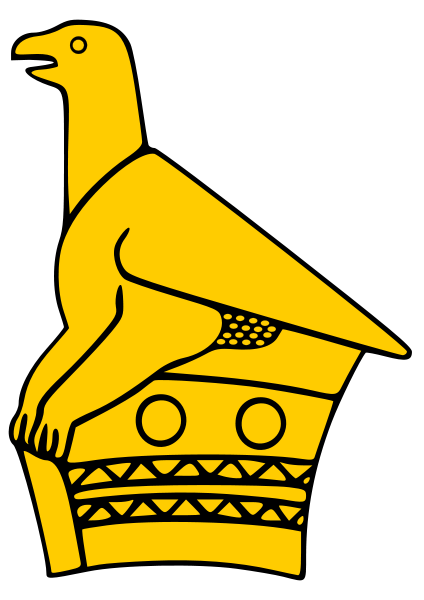Medieval doctors wore sinister-looking beaked masks due to the belief that noxious vapours, called miasmas, were the cause of fevers.
Malaria, which means bad air in Italian, was long believed to stem from fumes from the swampy lands where it was endemic. We now know it is a parasitic infection spreadby mosquitoes.
From the Middle Ages, many measures taken against plague throughout Europe and the Middle East were designed to purify the air. People left windows open to let in cool air and shut them against warm air, they burned scented woods and incense to cleanse the air, and carried posies of scented flowers or pungent plants, such as onion or garlic.
Plague doctors wore 18 in-long, beaked masks, with two small vent holes. The beak was filled with strong-smelling herbs — such as ambergris, mint, balsam, myrrh, laudanum, rose petals, camphor and cloves — to protect them from miasma and the smell of rotting flesh.
In 1619, French doctor Charles de L'Ormein designed a protective outfit of a leather hat, hood, gown, trousers, gloves and boots coated with wax.
Plague doctors also carried a wooden cane, which they used to examine patients without having to touch them. Some patients who thought the Black Death was a punishment from God asked their doctor to whip them with the cane to atone for their sins.
Found in the Daily Mail's "Answer to Correspondents" column, Wednesday, 24th October, 2018, contributed by Oliver Carrow of Morecambe, Lancashire.

